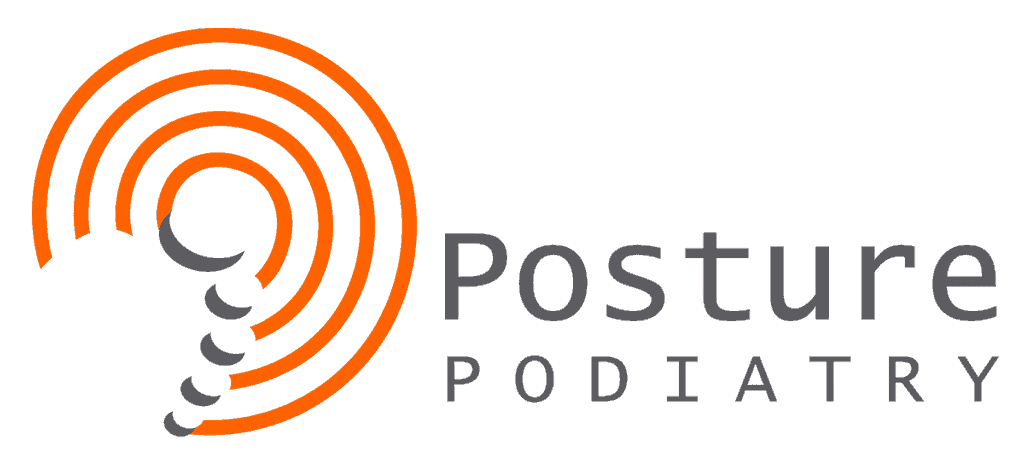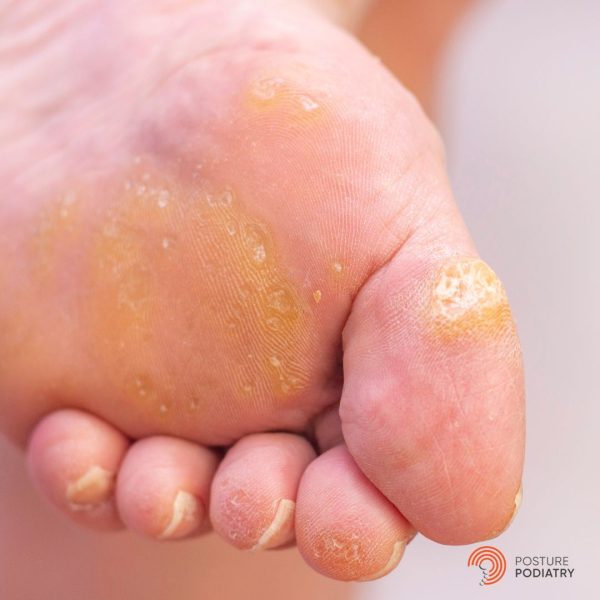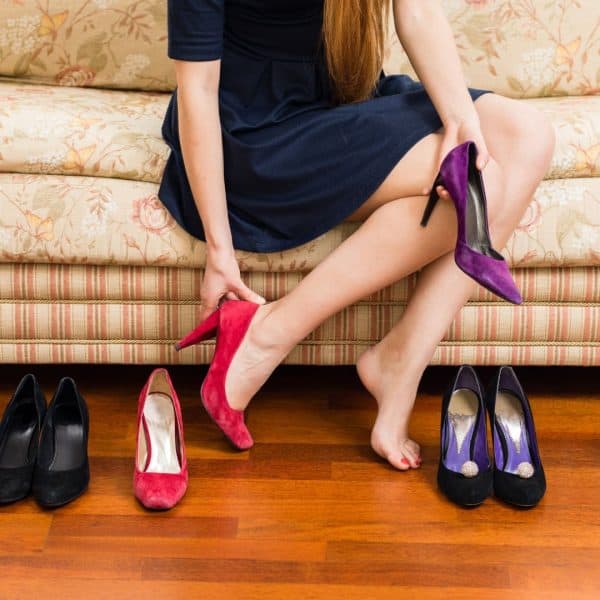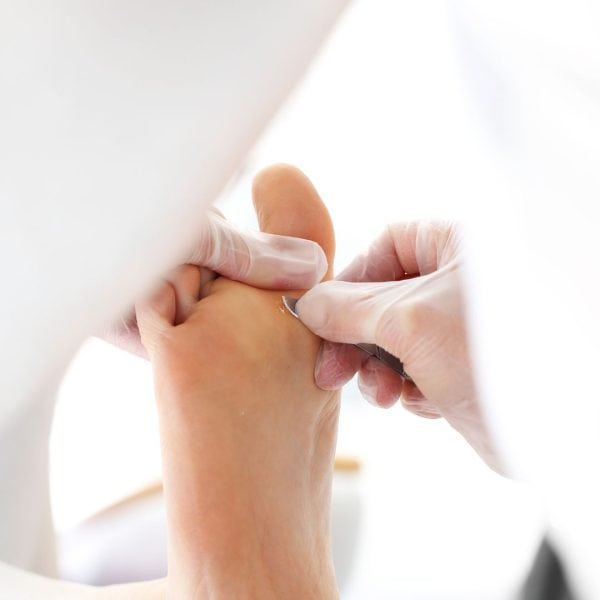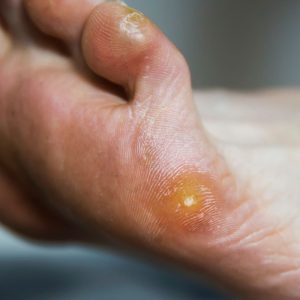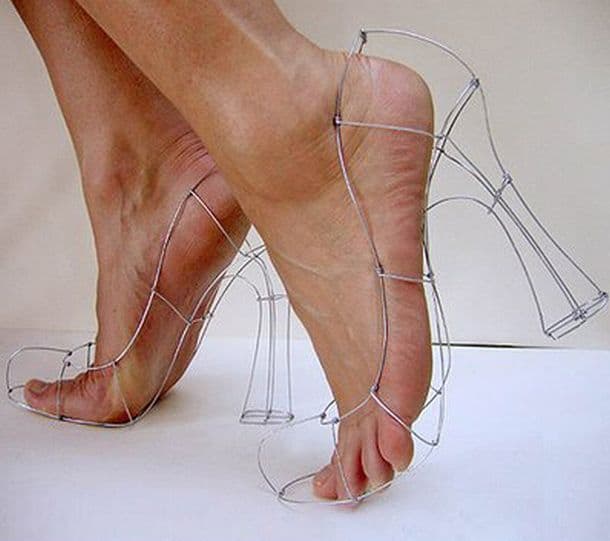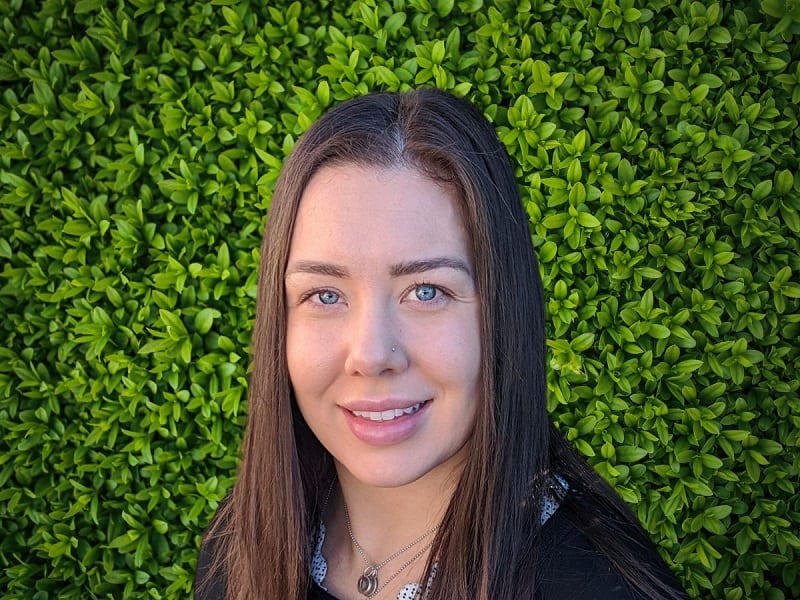What Are Corns and Calluses?
Corns and calluses are simply an excessive build up of dead skin or keratin. They are sometimes referred to as hyperkeratosis by Doctors and health professionals. A callus is an excessive build up of dead skin over a broader surface area whereas a corn is defined as a very localised are of dead skin with a very dense central core.
There are four main types of corns encountered by podiatrists. These include:
- Hard Corns which are normally seen on the top of toes or beneath the feet where weight is borne.
- Soft Corns are lesions which tend to occur between the toes.
- Seed Corns are very small corns the size of pinheads which tend to occur in conjunction with dry skin conditions.
- Neurovascular Corns contain blood vessels and/or nerves and can often be mistaken for warts.
Looking for an Adelaide Podiatrist for corns and calluses treatment?
BOOK ONLINE for treatment by experienced Adelaide Podiatrists
or
Call (08) 8362 5900 to schedule a time to suit you.
What Causes Corns and Calluses?
Corns and calluses are simply caused by an excessive build up of dead skin meaning you normally see corns forming on parts of the skin subjected to excessive pressure or irritation. The only exception to this rule is seed corns which can occur on non-weight bearing surfaces.
[bctt tweet=”Corn pads, acidic corn solutions, corn plasters or paints containing acid can cause ulceration if your circulation is compromised” username=”posturepodiatry”]
Considering most corns and calluses are caused by excessive pressure or friction, poor fitting footwear (narrow or tight shoes) can be a major contributing factor in their formation. However, corns can often be seen on the soles of the feet as a result of poor alignment or overloading of the metatarsal heads (or bones of the forefoot).
In summary, Podiatrists understand the underlying causes of corns are likely to be:
- Ill fitting shoes; and /or
- Incorrect foot alignment and force distribution during walking; and/or
- Dry skin or post operative scar tissue formation.
Looking for an Adelaide Podiatrist for corns and calluses treatment?
BOOK ONLINE for treatment by experienced Adelaide Podiatrists
or
Call (08) 8362 5900 to schedule a time to suit you.
How Are Corns and Calluses Treated?
Podiatrists will generally treat both types of hard skin lesions in two ways. This two step approach attempts to treat the symptons (corns) and the cause (pressure and/or friction).
Firstly, our local Adelaide Podiatrists will carefully remove or debride the corn or callus. This is usually performed painlessly using specific sterilised medical instruments.
[bctt tweet=”Corns and calluses should only be removed by trained registered Podiatrists using sterilised instruments” username=”posturepodiatry”]IMPORTANT Tip Number 1:
Corns and calluses should only be removed by trained registered Podiatrists using sterilised instruments to ensure every effort is made to avoid any possible infection.
Secondly, your Podiatrist will usually investigate the underlying cause of the corn/callus by assessing your gait, analysing your footwear and examining your foot structure and alignment. Your Podiatrist should then offer appropriate advice on treatment and management solutions to help reduce pain in the short term and further prevent recurrence of the corns and calluses over the long term.
IMPORTANT Tip Number 2:
Corn pads, acidic corn solutions, corn plasters or paints containing acid can be dangerous and cause ulceration especially if you suffer with diabetes or circulation disorders. For this reason corn removal pads are not recommended.
Following removal of your corn, if your Podiatrist determines the cause of the corn/callus to be ill-fitting footwear, shoe advice and footwear modifications may be needed and advised. This may include shoe stretching, increased cushining, insoles or a new pair of carefully fitted shoes.
IMPORTANT Tip Number 3:
Never attempt “at home” surgery. Always seek professional advice from a qualified Podiatrist if you suspect you have a corn. Corns can often be confused with warts which are caused by a virus. Your Podiatrist has been trained to distinguish the difference.
If your Podiatrist determines the cause of your lesions to be eneven force distribution during walking or stance, the method of prevention may involve custom made orthotics, padded insoles, foot mobilisation/manipulation and, in some cases, custom made footwear.
Treatment of corns and calluses can be very successful and complete resolution is possible in many cases if the lesions are assessed and examined correctly by trained Podiatrists.
A Posture Podiatry Client Story…
History
A 71 year old female had a fungal nail for over 5 years which she had struggled to manage herself. The nail was yellow, thickened and crumbly. The lady would cover it with nail polish whenever possible but was worried that this was making it worse. Countless over-the-counter treatments were tried, all of which failed to help fix the problem.
The lady became very self-conscious of her feet and began wearing closed-in shoes more often as she was embarrassed about the appearance of the nail. None of her friends had any helpful tips and Google searches failed to find something that would help. This continued for about 4 years before she decided that she would just let the nail be.
A year later, she started to notice a painful bump on the inside of her little toe. It started as a bothersome lump now and then but soon developed to the point where even walking itself was painful. Further progression to the point where the whole leg was sore soon occurred as the lady tried walking differently to reduce the pain. This is when she came to see a Podiatrist for the first time.
The initial examination
At the first appointment, it was evident that the painful bump on the inside of the toe was a build up of hard, dense skin – a corn. Her right foot was slightly wider than the left. This was causing the 4th and 5th toes to rub against each other leading to the development of a callus and eventually a painful corn.
Further examination revealed fungal nail infections to all toes with the left great toe nail being most severely infected. The skin on the soles of the feet were also infected (tinea pedis). This skin infection had never been treated and was likely part of the reason other previous nail treatments had failed.
Treatment and Management
- The corn was enucleated (removed) at that first appointment and pain relief was immediate. The lady was once again able to walk pain-free.
- A slight change to her shoelaces helped to accommodate the wider foot, thereby reducing the tightness across the forefoot. This helped to reduce toe pressure and really helped to slow any further progression of corn development.
- A tinea cream was recommended to be applied daily for 2 months.
- The use of a fungal nail treatment kit was also advised.
Looking for an Adelaide Podiatrist for corns and calluses treatment?
BOOK ONLINE for treatment by experienced Adelaide Podiatrists
or
Call (08) 8362 5900 to schedule a time to suit you.
Follow Up Review and Treatment
At the review 6 weeks later:
- All the lady’s leg pain had ceased and she was now walking normally again without any pain.
- The skin condition on the feet had improved and the tinea pedis infection was starting to clear up.
- The use of the nail treatment kit also showed that a healthy nail was growing from the base of the left big toenail. The other nails also looked much healthier.
Another review occurred again 6 weeks later and the tinea had cleared. The skin was back to being healthy again. The other nails were all now looking much healthier, it was just the left big toenail that was still fungal. However, it was evident that the nail was improving.
Regular 6 weekly reviews of nail management, callus removal and corn enucleation continued and eventually the great left toenail was cleared of its fungal infection. The lady’s feet were restored to a much healthier, pain-free state similar to that 5 years previously.
Conclusion
Prior to podiatric assessment, the lady had resigned herself to the fact her nail would look like this forever, but after the space of approximately 9 months the nail infection had resolved and pain-free walking was a reality again. The lady now has maintenance treatment every few months for regular foot and nail care to prevent corn recurrence and to keep the feet healthy.
Do you need help with corns and calluses?
If you think you have a problem with corns or calluses, give our experienced Adelaide Podiatrists a call on 8362 5900. Alternatively, you can schedule an appointment by booking online 24/7.
Looking for an Adelaide Podiatrist for corns and calluses treatment?
BOOK ONLINE for treatment by experienced Adelaide Podiatrists
or
Call (08) 8362 5900 to schedule a time to suit you.
